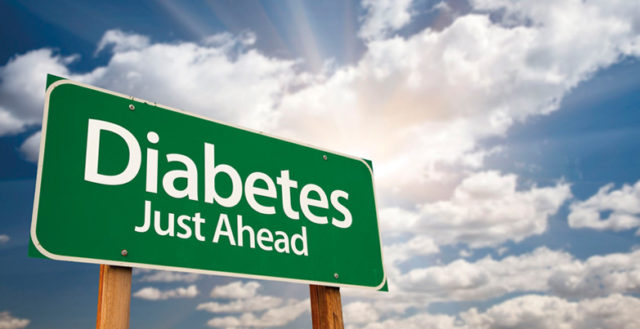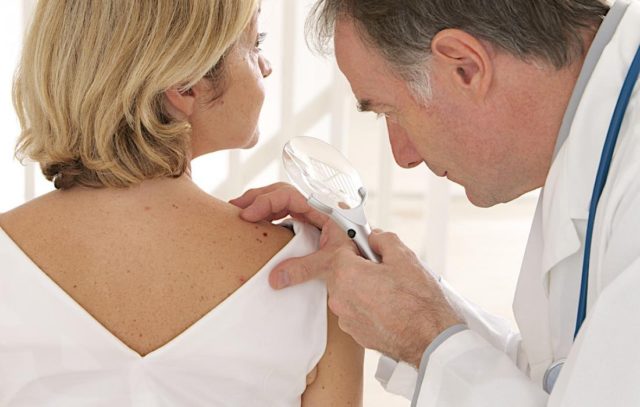According to data published by the American Diabetes Association, more than 9% of the entire population of the US has been diagnosed with the disease in 2012. And as for those with “prediabetes”, a condition where your fasting blood sugar is abnormally high but not yet high enough to be diagnosed with diabetes, the number of Americans over the age of 20 with it had jumped from 79 million to 86 million in just two years!
Of course, early diagnosis is very important in the treatment of any disease, and in the case of prediabetes, it can save you from a lifetime of battling with diabetes itself. That’s why you should be aware of what to look out for, especially if your family has a history of the disease. Here are 6 precursors to prediabetes you should be aware of:

1. Darkened Skin
The Mayo Clinic says there aren’t always surefire signs of prediabetes, but one common symptom of Type 2 (adult onset) diabetes is a darkening of the skin in the areas around your neck and joint, in a condition called acanthosis nigricans.
This skin can also appear to be thicker than normal. If such a condition isn’t related to prediabetes, it could even be an indication of a cancerous tumor in one of your internal organs, so consulting a doctor is definitely the right choice either way.

2. Lack of Exercise
Lack of proper physical activity isn’t just harmful to your body but also can lead to mental health issues like depression and anxiety as well. An article in Prevention says that 1 in 3 Americans who have prediabetes have found favorable results by making changes in their diet by eliminating sugar-filled, carb-filled foods that make your body resistant to the insulin your pancreas creates.
But they also note that while diet plays a significant role, so does exercise. A study in Finland that monitored subjects who exercised regularly found that their risk of diabetes dropped by an impressive 70% when compared to those that were inactive. The article suggests a regimen of low-intensity exercise with high-impact moves mixed in at intervals to be the best for glucose control.

3. Lack of Sleep
Fatigue is a symptom of prediabetes, but getting less than 6-hours of sleep per night can increase your risk of getting it in the first place, according to Best Health Magazine. They theorize that since a lack of sleep could wreak havoc on your hormones and nervous system, it would present the perfect unstable environment for the onset of diabetes.
So, it appears going to bed early is the best choice for a healthy lifestyle. Not to mention it’ll keep you from avoiding those midnight cravings for sugary, carby foods!

4. Blurred Vision
Blurred vision could be a sign that you’re not getting enough sleep or that you need corrective lenses, but Shape magazine says that it could also be a sign of prediabetes. They explain that spikes in your blood sugar may actually impair eye function and mess with your ability to focus. In such a case, your vision should improve once your glucose levels are stabilized.
Blurred vision is also a symptom of several other health conditions, including glaucoma and multiple sclerosis, so if you’ve been noticing it for some time now, it’s always best to get yourself checked out by a family physician or an eye doctor.

5. Increased Thirst
You might have heard that those with diabetes are always thirsty, and that’s because your body is trying to control it’s glucose levels, constantly needing to flush it out through urination. This increase in thirst can also be seen in those with prediabetes.
Increased urination may even lead to dehydration, which will make you feel even more thirsty. The two go round and round in a circle, leaving you exasperated. According to Shape magazine, the Adequate Intake Level (AI) for water is just over half a gallon or 2.2 liters of water per day for women.

6. Slow-Healing Wounds
A bruise or cut that seems to be taking longer than usual to heal could be an indication of diabetes or prediabetes. This happens because blood with high glucose moves slower throughout the body, hindering and slowing down the body’s natural healing process from white blood cells.
According to EveryDay Health, certain infection-causing bacteria is also known to thrive off of sugar. Since a diabetic’s blood contains higher levels of glucose, it becomes literal food for such bacteria and infection, making it easier for it to worsen.




